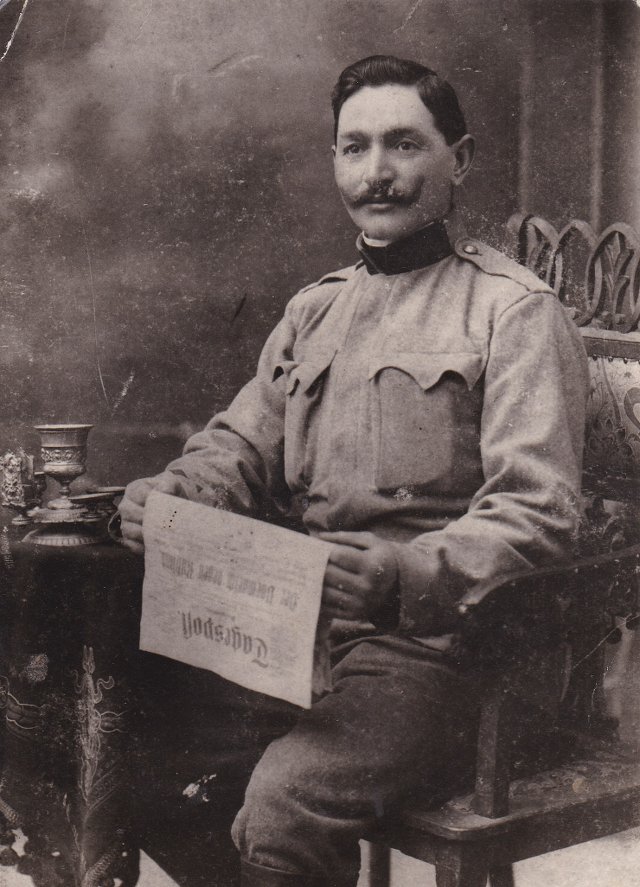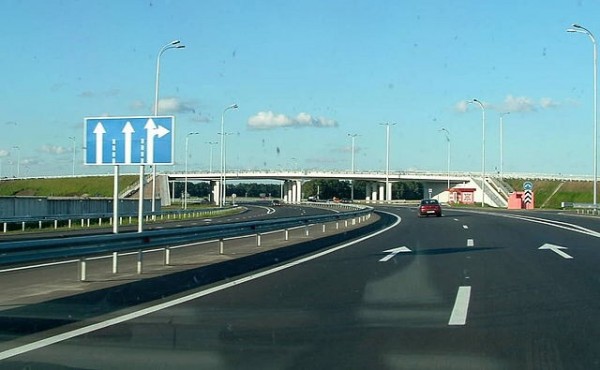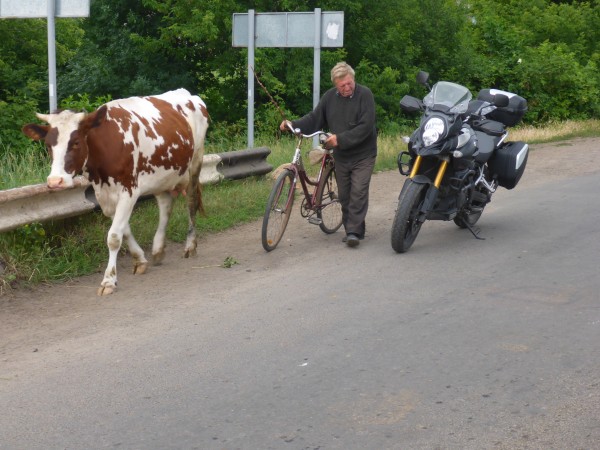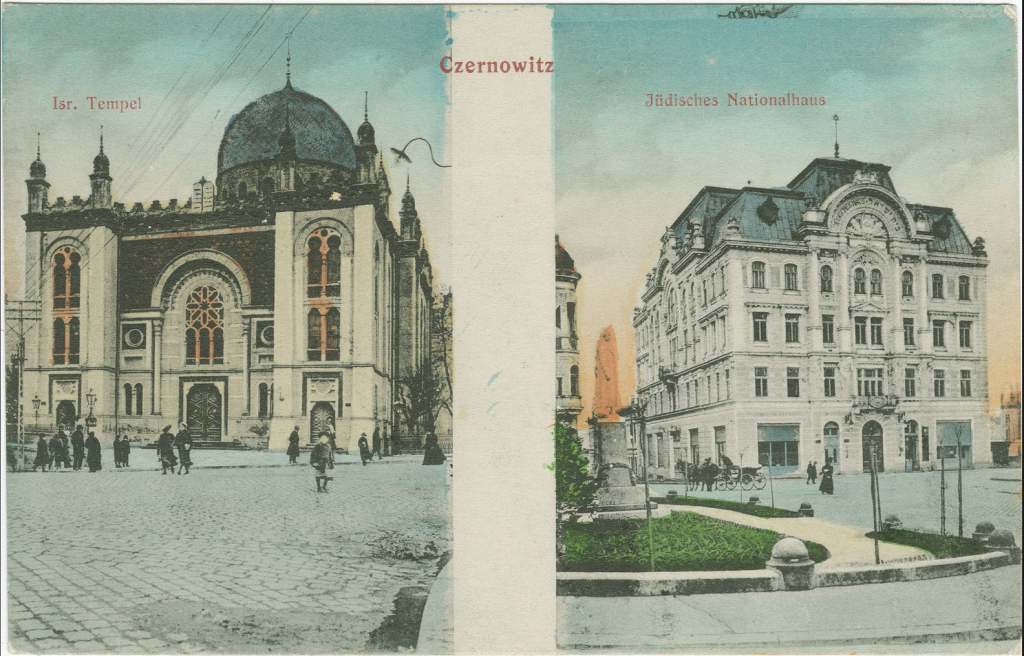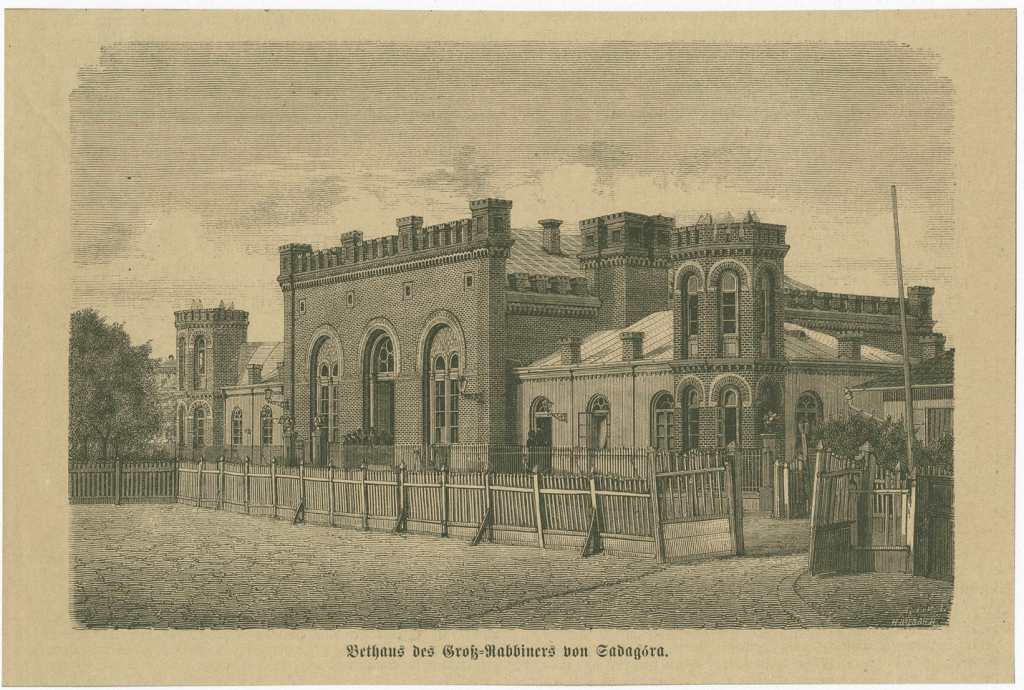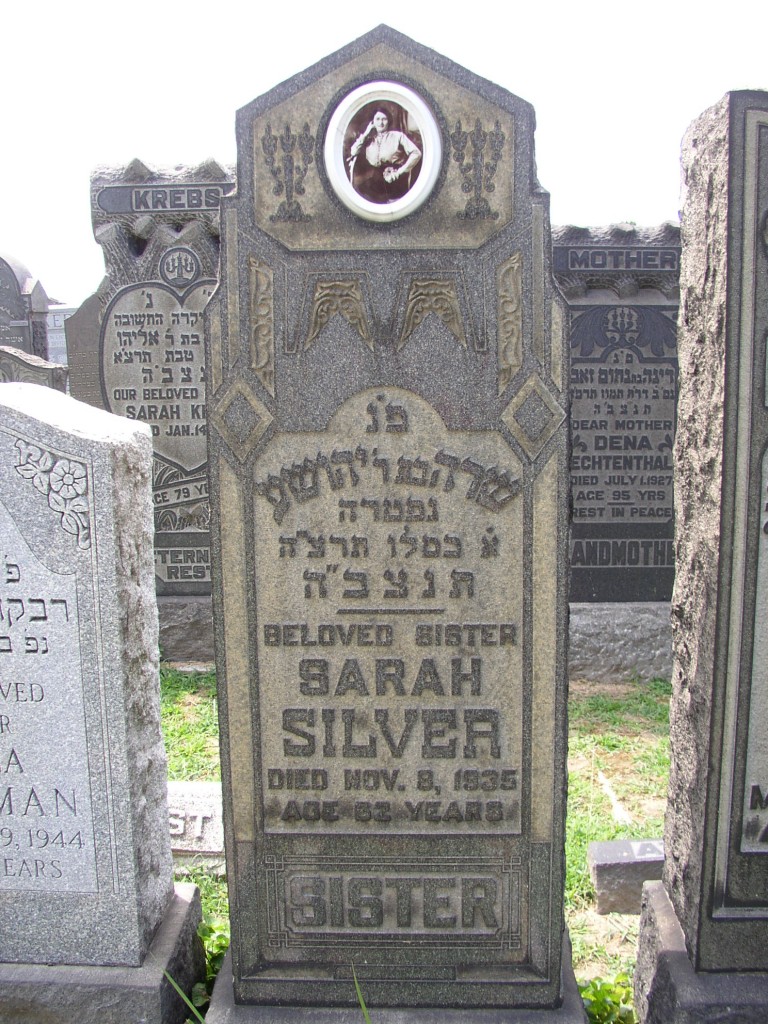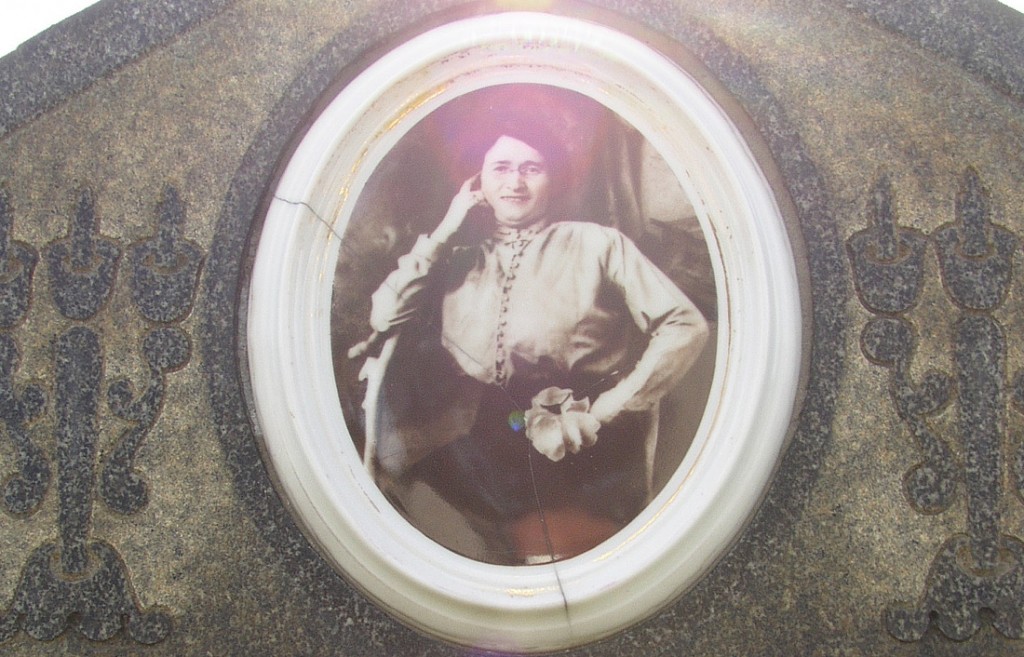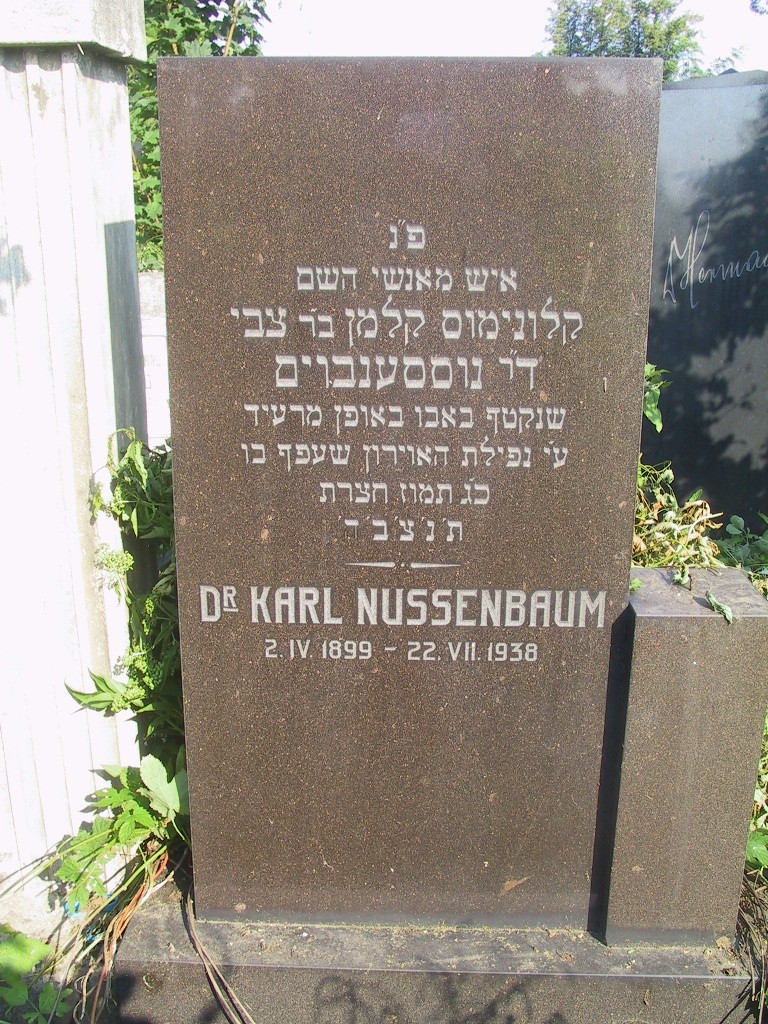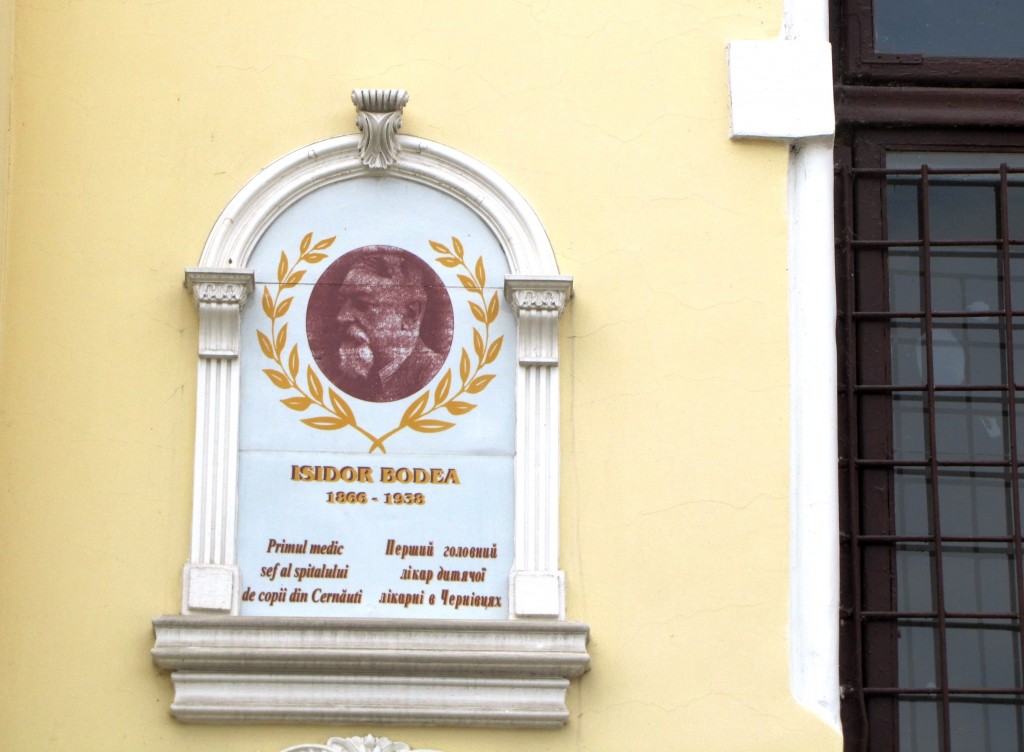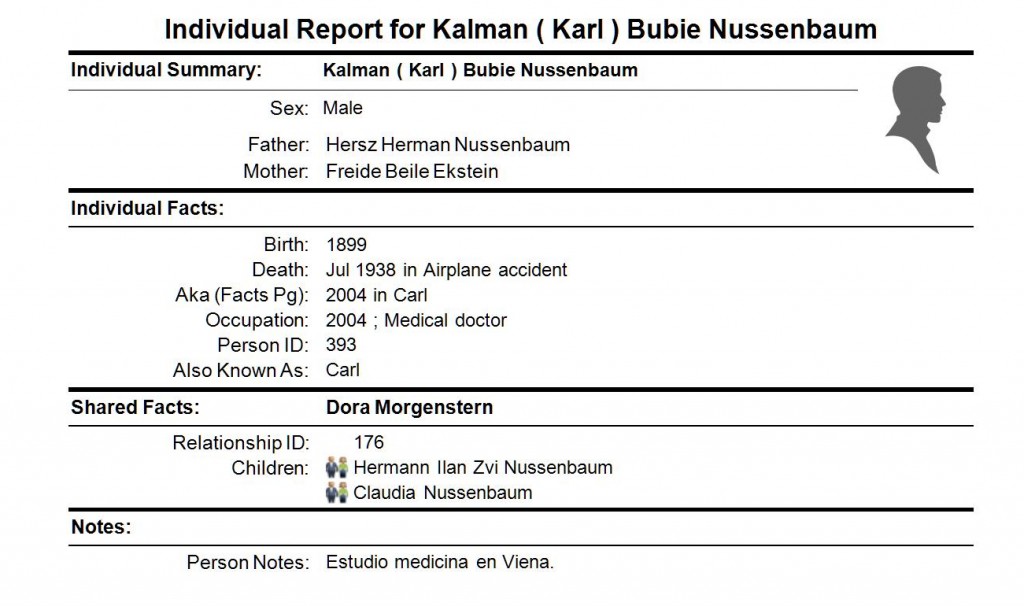This is about the shipwreck of the RAFIACH. I am one of the survivors.
Hope you find it interesting.
Ruth Glasberg Gold
Written by Pat Johnson. His writing has moved me beyond words.
Rescuing the Rafiach
Friday 19th, June 2015 Written by Pat Johnson
in TV & Film
A screenshot from Gad Aisen’s documentary, which has its Canadian première at the Rothstein Theatre June 28.
After the Holocaust and the Second World War, the British government that controlled Mandate Palestine severely limited Jewish immigration, continuing the restrictive policies from before the war. But the Jewish underground in pre-state Israel was operating a steady movement of illegal transports bringing Jews – mostly Holocaust survivors – from Europe to the Yishuv.
In November 1946, the ship code named Rafiach set off from Yugoslavia with 785 passengers. Twelve days into the voyage, a storm forced the ship to seek refuge in a bay on the tiny Greek island of Syrna but it ran aground and, within an hour, sank. The vast majority of passengers survived, crawling from the water onto the island, which is little more than a craggy rock, or jumping from the ship before it was fully immersed. It is not known exactly how many passengers drowned.
Among those who survived and eventually made it to Palestine were Lili and Solomon Polonsky z”l. Their daughter, Tzipi Mann, lives in Vancouver. She knew that her parents and some of their friends had been on the ship, but she had never delved into details. By the time her curiosity was piqued, her parents had passed away. But her quest to uncover the story of the Rafiach and its passengers has led to a documentary film that will screen here in its Canadian première on June 28.
Code Name: Rafiach is directed by Israeli filmmaker and television personality Gad Aisen, but he credits Mann as being the driving force behind the project.
Aisen is the creator of a TV show on Israel’s Channel 10 called Making Waves, about nautical topics. He served seven years in the Israeli navy before obtaining an MFA in cinema from Tel Aviv University. He had never heard of the Rafiach before he was approached by a student of Mevo’ot Yam Nautical School, who thought it would make a good topic for Aisen’s TV show.
Code Name: Rafiach is a story about Holocaust survivors finding a place in the world and also about the Jewish underground risking their lives to smuggle Jews into Mandate Palestine. There are many narratives of this sort, Aisen acknowledged, but the Rafiach’s tragedy and the rescue make this one especially poignant.
Because it is not possible to produce a story of nearly 800 people, the filmmaker decided to focus on a few individuals. One is Shlomo Reichman. Known to the circle of people around the film as “Shlomo the baby,” Reichman, now a grandfather, was thrown to safety from the ship.
“This man’s story was particularly touching because he was a newborn,” Mann said in a telephone interview. “He was three weeks old and he was tossed onto the rocks, but he wasn’t sure who tossed him. Was it his father, or was it someone else? For Shlomo, this has been sort of the core of his existence – who tossed me onto the rocks?”
The fact that the passengers were Holocaust survivors magnifies the impact of the incident, Mann said.
“If you can imagine Holocaust survivors having to deal with this,” she said. “There were so many personal, emotional issues attached to everything.”
In interviews, Mann and Aisen learned that adults who first made it to shore from the listing ship lay on the rocks to create a softer landing for those coming after.
For Mann, the Rafiach became a sort of obsession.
“In 2010, just one morning I thought, I need to find out more about this,” she said. “My intention was originally to try to write a book and I thought the only way I can do this is by being in Israel.”
She made arrangements to head for Jerusalem and enlisted the help of her cousin, Sara Karpanos, who lives there. They put an ad in an Israeli newspaper and the response was so overwhelming the pair had to rent a hotel space for a reunion of 200 Rafiach survivors and, in some cases, their children and grandchildren.
Unbeknownst to the two women, Aisen was already on the story. After being turned on to the history of the ship, Aisen had connected with an instructor at Israel’s naval high school who had led his students on a dive and recovered a couple of artifacts from the hulk of the Rafiach.
From what had seemed like lost history, Mann saw the story of the Rafiach begin to reveal itself. “A complete mystery was unraveling in front of me,” she said.
For Aisen, the story of the Rafiach “captured my heart, and I feel particularly connected to this story from many aspects, as a sailor, an Israeli and Jewish.”
To tell the history of the Rafiach in a documentary, he decided to use animation, which allowed him to be more creative than merely showing interviews with survivors.
“It enabled me to present the film in the present tense and not as a memory from the past,” he said. “It took me about six years to create the film, five journeys abroad, months in the archives, 300 hours of footage and a year’s work of three animators. But one of the more challenging things was to get to the wreck of the Rafiach and to dive and film inside.”
In a way, Aisen said, making the film let him vicariously live the life of an underground commander of an immigrant ship.
The Vancouver Jewish Film Centre presents Code Name: Rafiach on June 28, 7 p.m., at the Rothstein Theatre. Tickets are $10 and available at vjff.org.
———————–
Pat Johnson is a Vancouver writer and principal inPRsuasiveMedia.com.
